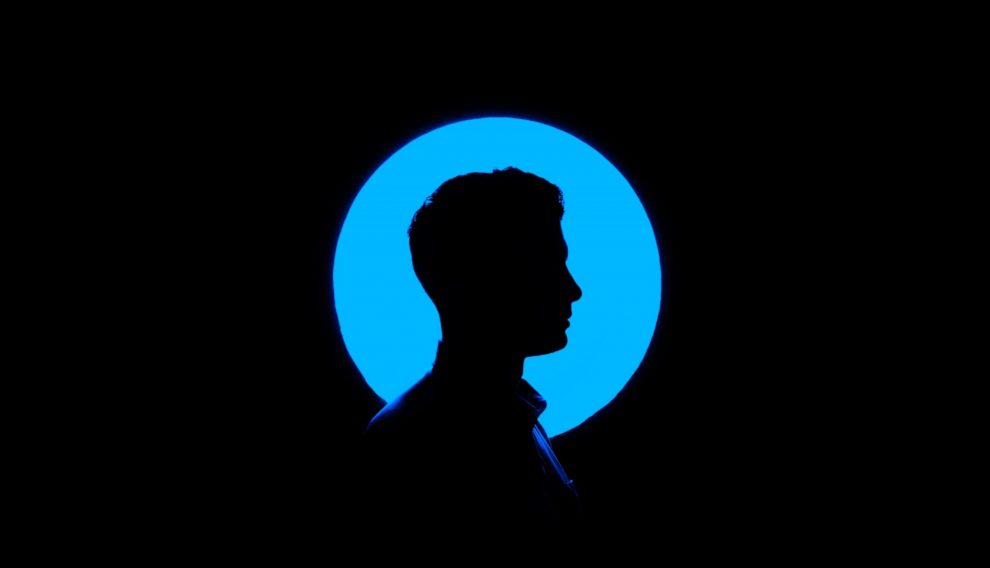Larry Cohen, a Queens, New York weekend warrior of the hoops variety, pulled me aside after a game.
“You are one of the whitest people I know,” he said.
This was in the pre-George Floyd demonstration era, a time when people were quick to toss around racial stereotypes—although it is doubtful much will change on the Queens courts once they open up after the COVID-19 pandemic lockdown.
What did he mean? I suspect it was in a stereotypical, basketball sense: I am slow. After six decades of life experience, I am highly earthbound—meaning, I can’t jump, at least not very high. Or is there something about my demeanor that transcends basketball?
The question lingers, but I’ve never followed up.
This post-George Floyd era, with its odes to Confederate statues by our most peculiar president, focuses many of us on racial attitudes and stereotypes.
My daughter, who is biracial and soon to be 40, tells me that she grew up in an odd household: One parent played basketball all the time, loved crude comedies, and would occasionally venture into hip hop lyrics; the other retreated to opera, classical music, and lavish British novels. Which parent was the Black one? Which one the white?
On the phone during the pandemic lockdown, my daughter reminds me of things I had nearly forgotten. The times I searched for apartments for the family in Queens, where the agents told me that their job was to ensure that no Black people ever rented from their clients. I felt like I was part of the famous Saturday Night Live skit with Eddie Murphy: Murphy enters a bus dressed in whiteface, and when all the minority passengers get off, the white people who remain talk to each other in a way that later came to be known as reinforcing privilege. (In the skit, a white passenger is told not to bother with the fare because, after all, he is white, and we white people stick together.)
There was also the time I did a weekend gig as a radio call-in host in Albany, New York in the 1980s, when a caller—those of us who worked at the station called him “The Bigot”—threatened to shoot me, shouting out my address over the airwaves, a piece of information garnered from the old-fashioned phone book. His anger was about racial issues.
Whenever a volatile race issue emerged—and yes, these issues existed well before George Floyd was murdered in Minneapolis—I would hear about it during dinner table discussions that spilled late into the night at my Caribbean in-laws’. Their passion was clear. They lived this every day. I did a little bit of talking, a lot of listening—at least most of the time. Once, I even ventured to say that, yes, it is clearly obvious, O.J. Simpson was guilty.
And then there was the 1975 West Indian Parade in Brooklyn, when a Jamaican guy didn’t like my presence and pulled out a knife. I was saved only by the quick action of my future brother-in-law. Thanks, Russell.
My children were born in an era when the popular image of biracial meant to be consigned to the outer limits of despair, cast out in a world that could not identify with any group. Later, being biracial emerged as rather cool. Thanks, Derek Jeter, Alicia Keys, and, of course, Barack Obama.
What does it all mean at this moment? This is the age of the emergence of the well-meaning white person. I say that knowing I am one.
My daughter tells me that her workspace now includes discussions of racial consciousness. We are in a “post-woke” era. She gets calls from white friends asking how she is feeling at this time. Sometimes she is befuddled, other times it is comforting.
I can sense that any Black readers who have read thus far are rolling their eyes at another essay on racial justice from another well-meaning white person. Those essays have inundated both social and mainstream media lately.
As Catholics we get heartfelt statements from bishops, some of which—such as the statement from Bishop Mark Seitz of the Diocese of El Paso, Texas, supplemented with an important symbolic photo of the bishop taking a knee for Black Lives Matter—offer courage. Other statements seem, at best, wishy-washy, not heartfelt, overly concerned that a big chunk of churchgoing Catholics comprise the political base of the most race-baiting president ever in an era aggravated by Twitter. They are written as if they have no children involved. And they don’t.
To my adult children, the church is too often seen as a bastion of holier-than-thou, anti-gay, anti-feminists at prayer. They remind me that the self-congratulation about the church’s diversity is looked at in an entirely different interpretation by people of color. The church in their eyes is rather white. And they cannot be denied in that regard.
The times they are a-changin’. The streets are filled—often with young white people, sometimes quite militant. My son lives in Portland, Oregon, a city with relatively few Black people but whose streets have been rocked with protests lately, particularly angrier than most. Something is going on in the Northwest in particular that has more to do with the anxiety of young white people than it does with the concerns of a relatively sparse Black population. My son tells me there is something odd in the air there. He doesn’t have a handle on it.
Where will it end? Will the intensity dissipate as activists move on to other concerns? Is this a kind of collective dip into the American Black consciousness, which will then be forgotten soon enough? There will be other issues, for sure, all worthy in their own way. But America’s original sin will not go away without some kind of baptism of fire.
My former wife, the mother of my children, passed away years ago. My children now live as independent adults. My era of racial consciousness has largely passed with changed circumstances. If I don’t want to, I don’t have to worry much about what the country is experiencing regarding race. I can remain among the whitest of white people, a temptation that all of us with lighter hues face as this era of reckoning continues. And that is the root of the problem.
Image: by Ben Sweet on Unsplash















Add comment